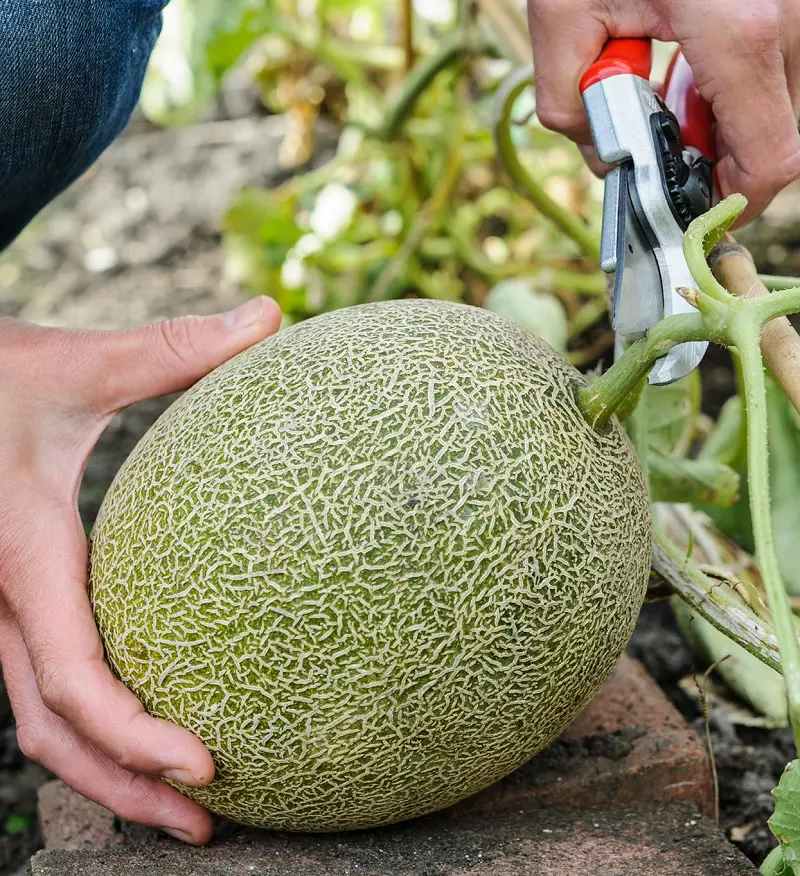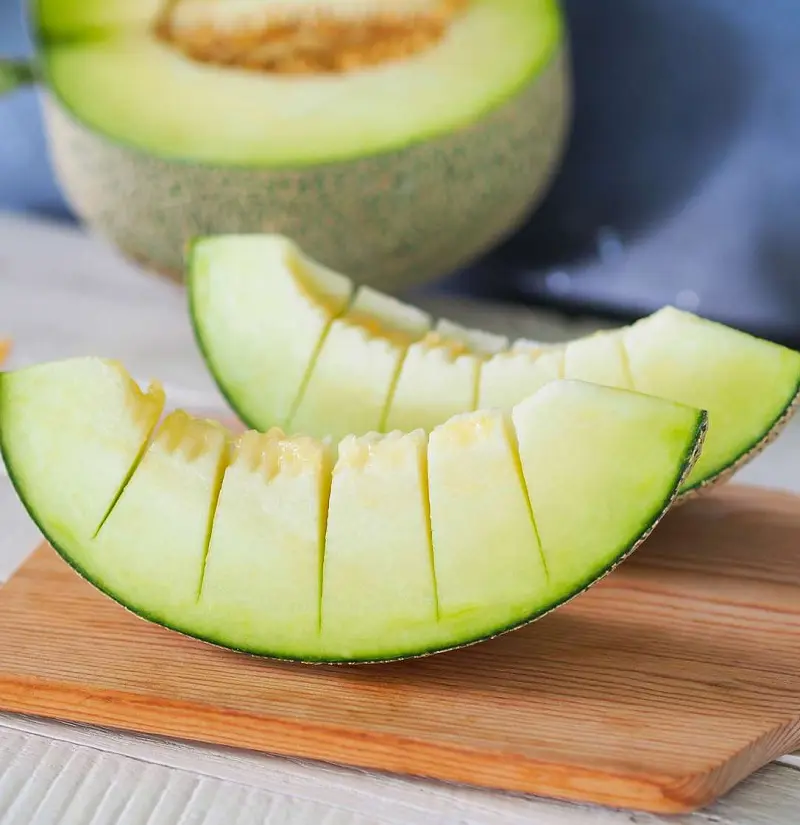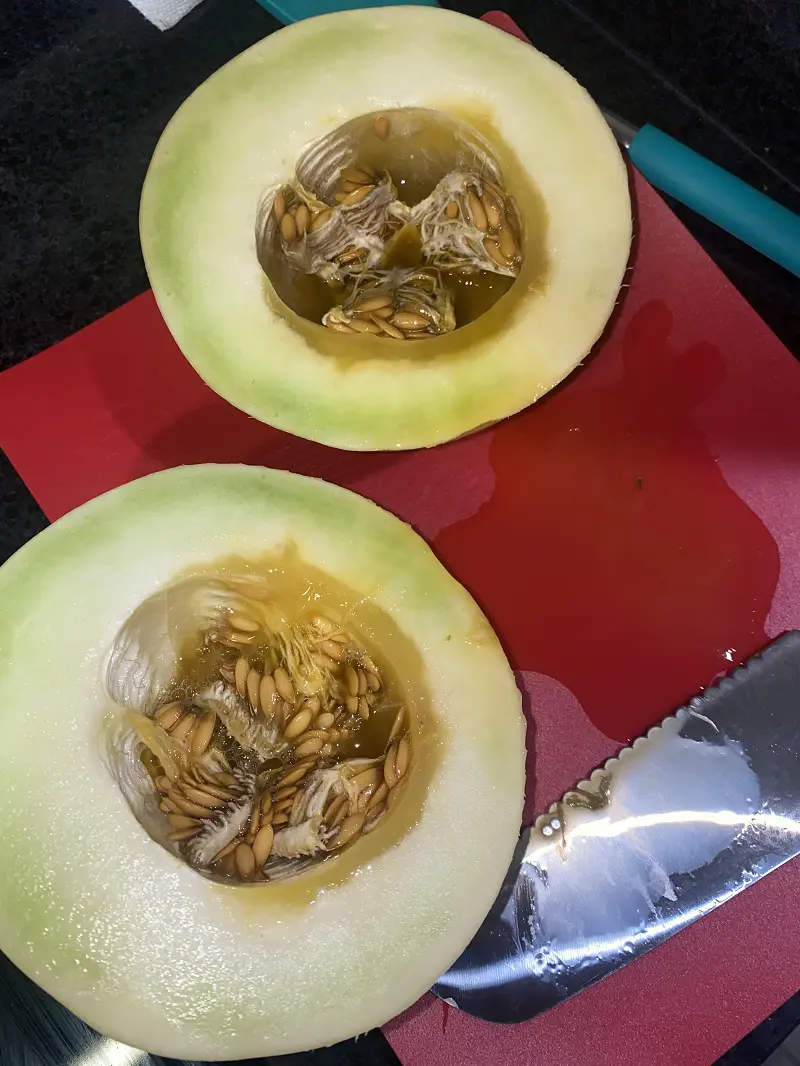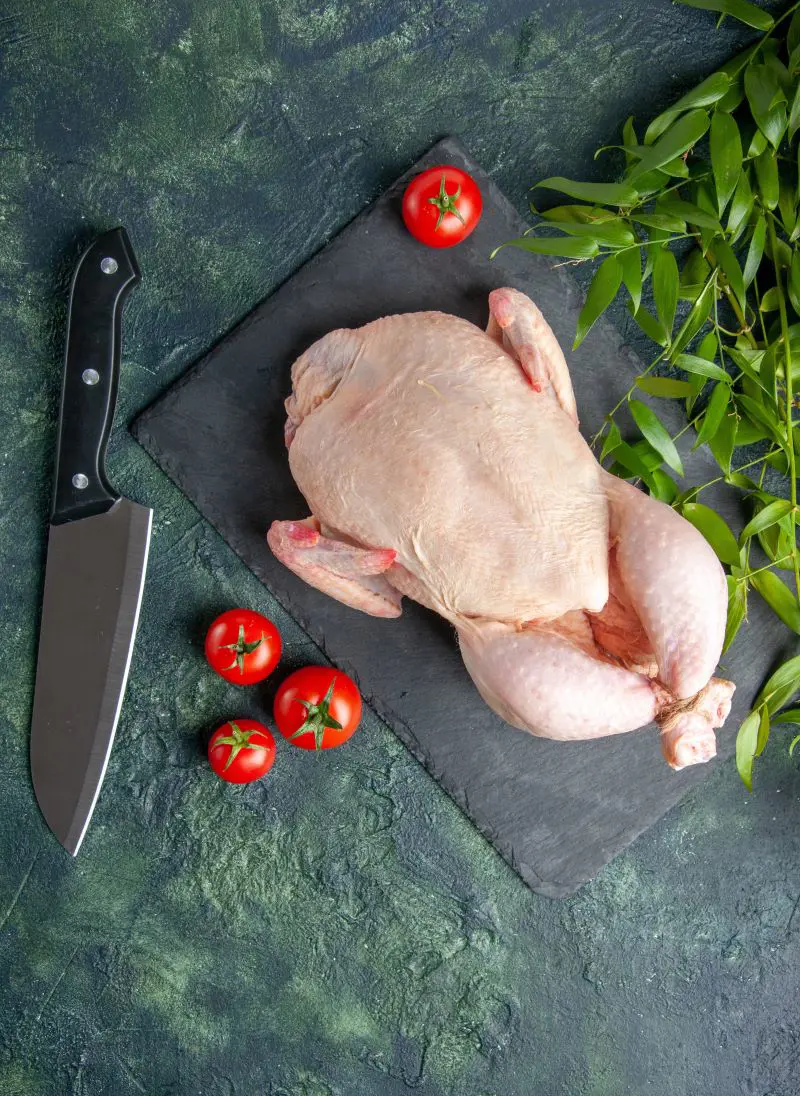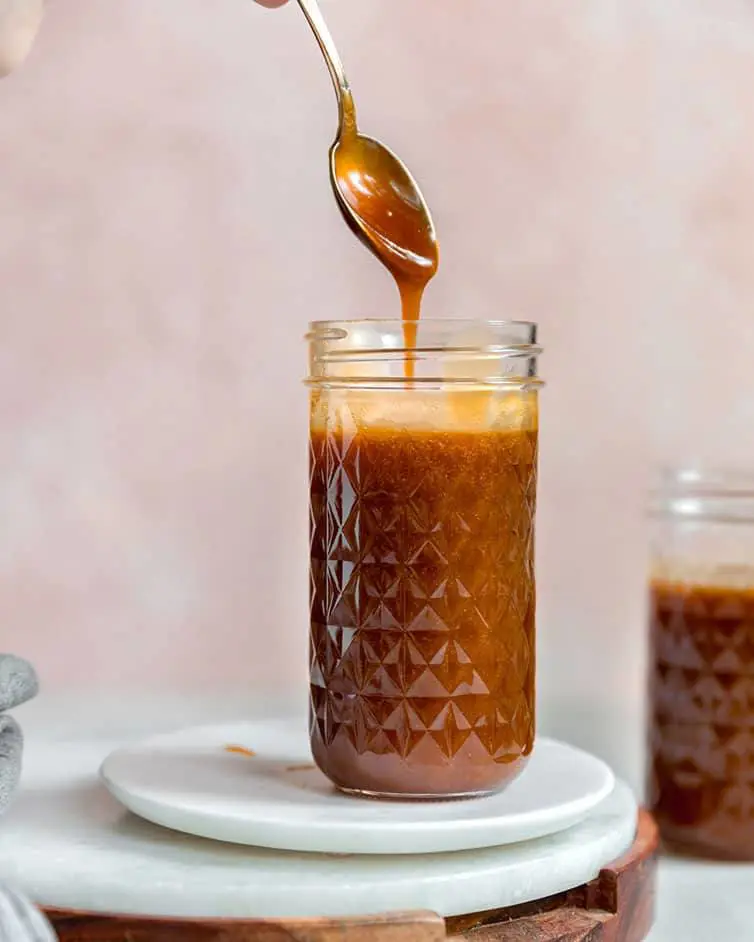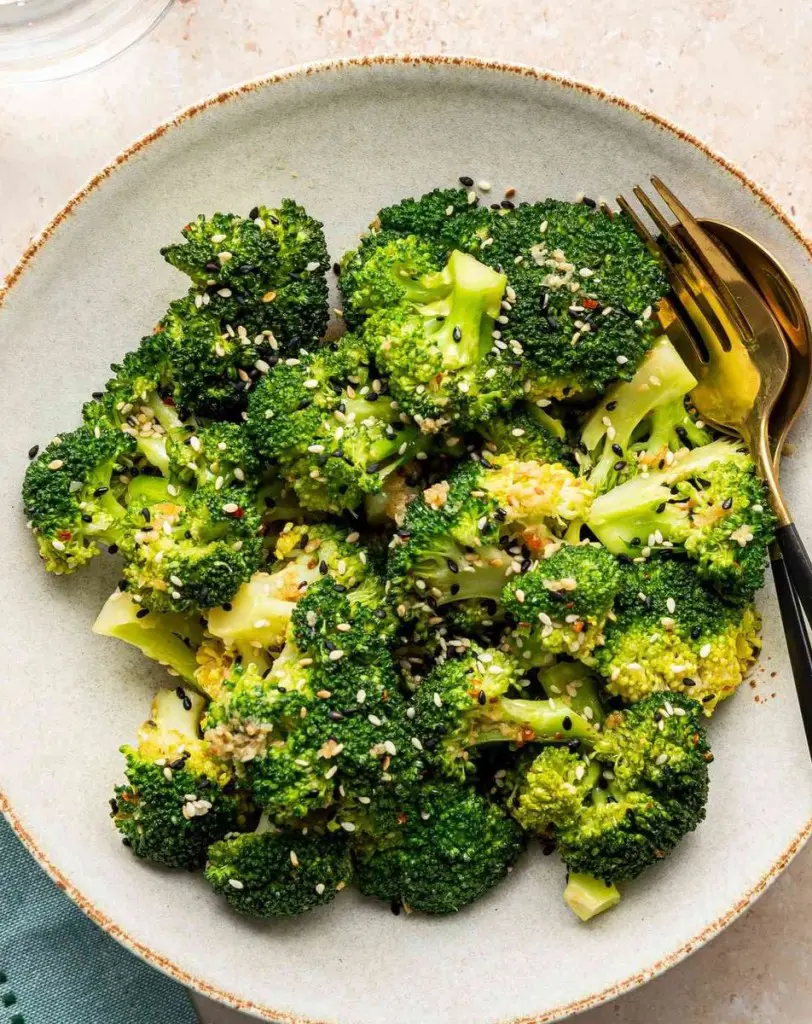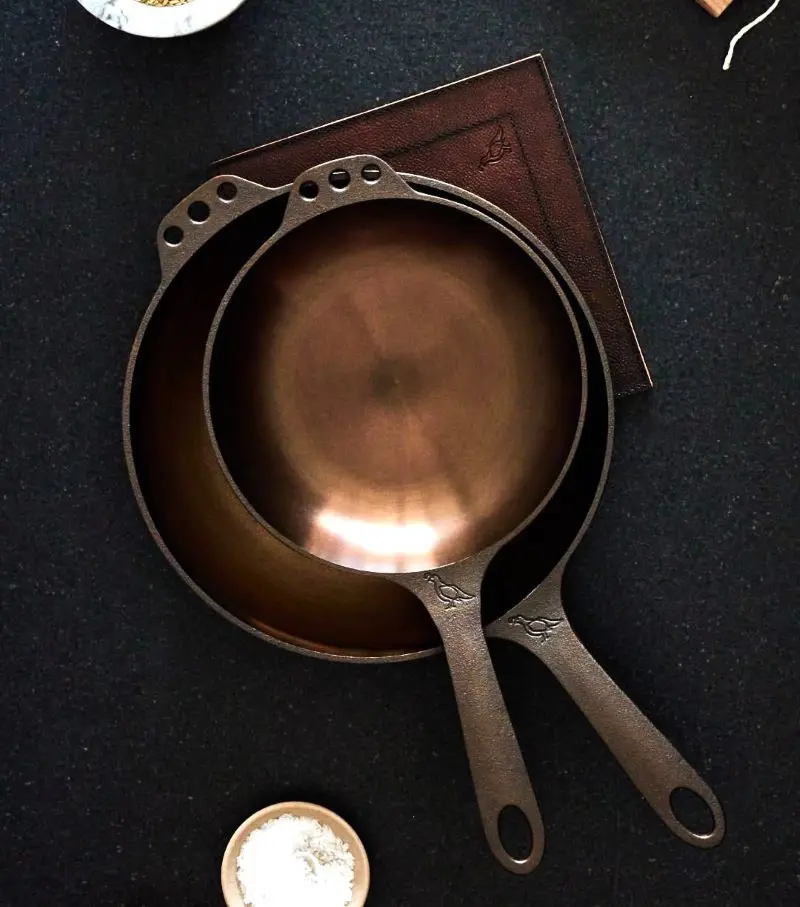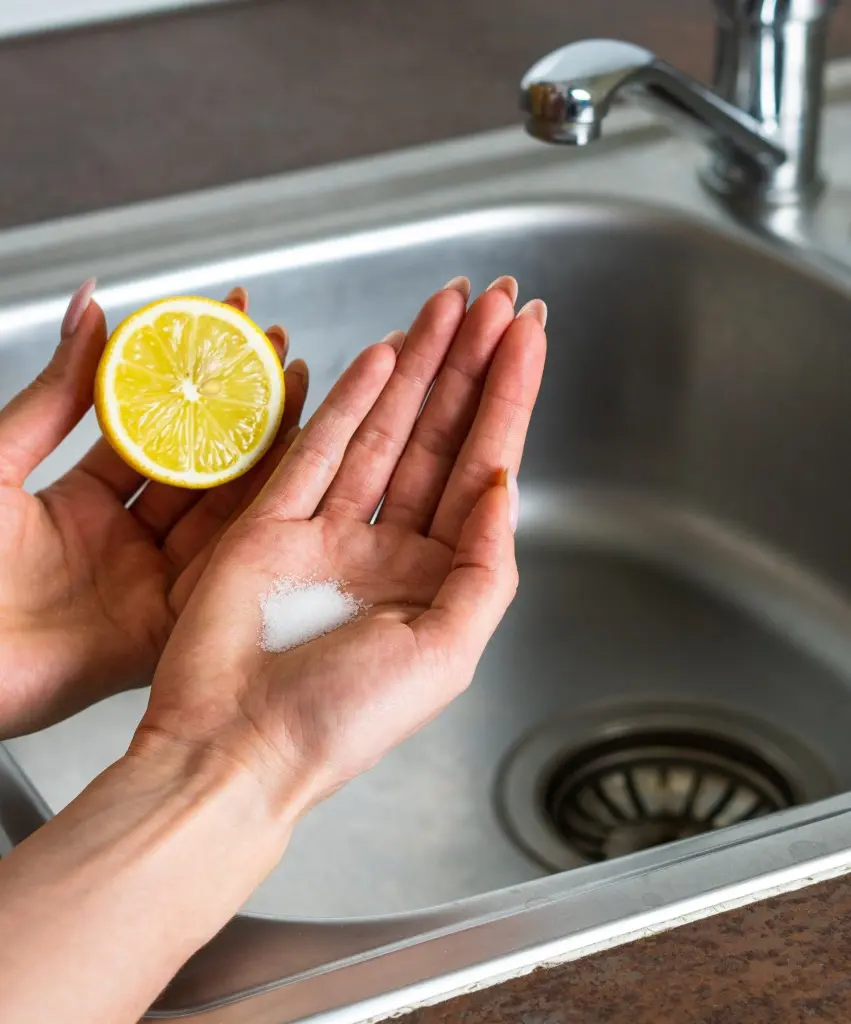How To Tell If Honeydew Is Ripe
There are multiple ways to determine whether the fruit under the thick skin is ripened or not. To recognize if the melon is ready to be eaten, here are some of the recognizing methods that are explained below.
1. Examine The Appearance
At the market, when considering buying honeydew melons, a helpful tip is to examine the color of the rind to choose the best one. A mature honeydew will display a lovely, creamy yellow or light golden color. Consider it as a gentle, golden sunset. Why is this shift in color of great significance?
As the honeydew matures, it absorbs sunlight and enhances its natural sugars and aromas. This change resembles a leisurely dance, with the melon slowly transitioning from green to a welcoming yellow.
When the melon has developed a golden color, it indicates that it has fully ripened and is now ready to be savored for its sweetness and aroma. Therefore, when choosing a honeydew in the future, opt for the one that appears to be bright yet enjoys the radiance of a sunset.
2. Feel the Texture
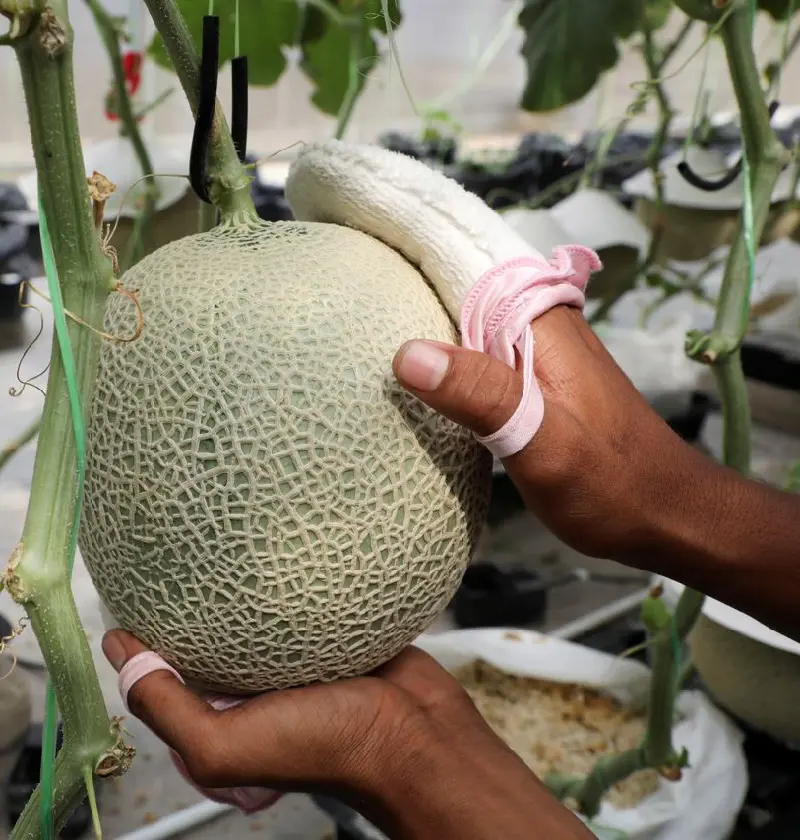
To determine the ripeness of a honeydew, this melon should be pressed lightly on the blossom end while holding it. This is the side where the flower previously blossomed, across from the stem.
Press it softly with your thumb. If it seems like pushing on a cushion, that's ideal. However, if it is hard as if pushing against a stone, then it isn't ripe. And in this case, it seems like it is being pushed on a sponge, which means it's too ripe.
This small indentation indicates that the melon is ready and full of juice. The inner part has become tender and tasty after softening slightly. If the melons are a firm rock, they still need more time to mature and sweeten.
Alternatively, if the melon is mushy, it may have become overripe and contain too much water. Therefore, next time you visit the market, gently press the blossom end of the honeydew. This small action can greatly impact the quality of the melon.
3. Smell in the Fragrance
When going out to purchase a honeydew fruit, the ripeness of it can be determined by lifting it to your nose and smelling it. Picturing on the verge of savoring a bunch of blooms, a ripened honeydew will emit a nice, sweet smell that resembles a soft hint of summer.
The pleasant aroma indicates that the melon is full of vibrant flavor and vitality. This indicates that the sugars have matured excellently, ensuring a succulent and delightful taste.
If the melon has a mild smell or lacks any scent, it is likely not fully ripe. Alternatively, if it has a strange or fermented aroma, it is no longer at its best.
4. Pay attention to the Sound
While purchasing or shopping at the market for an ideal honeydew, a fun tip is to gently tap the melon. Simply tap it softly, as if you are gently knocking on a door. A mature honeydew will produce a hollow, deep noise similar to a gentle reverberation. The echoing noise indicates the readiness of the melon.
This indicates that the flesh is compact, just as desired. The melon is now at just the right point where it is filled with delicious, thirst-quenching juice, making it perfect for consumption.
If the sound is not crisp or vibrant, the melon could still be too hard and lacking in taste. Therefore, when selecting a honeydew in the future, be sure to gently tap it and pay attention to the sound it makes.
5. Verify the Weight
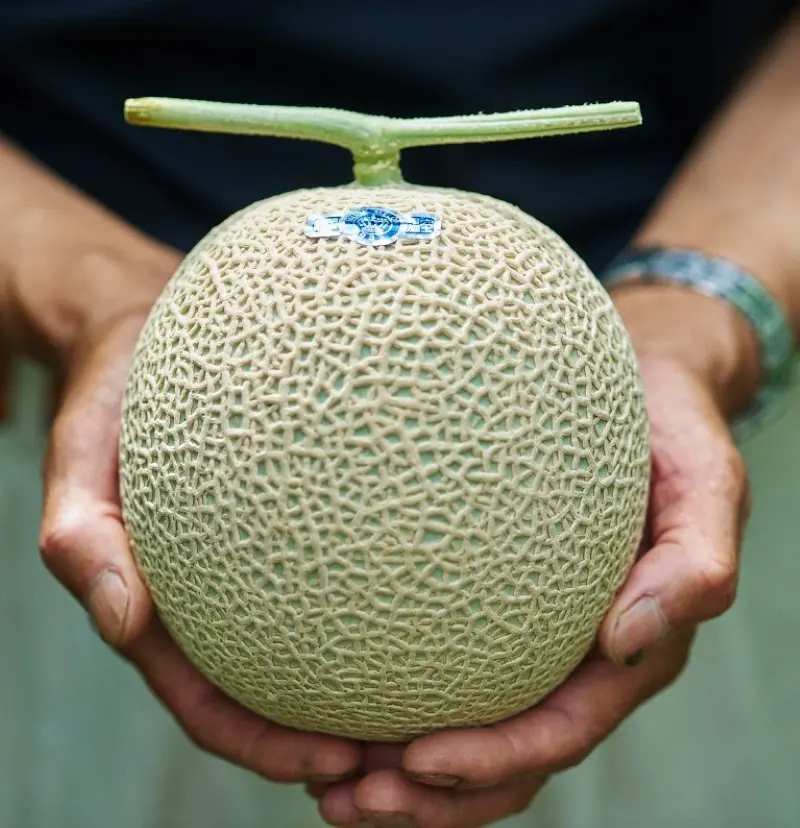
While at the market, an easy and efficient method to determine if a honeydew melon is ripe is by lifting it to gauge its weight. Simply hold the melon in your hands and sense its weight.
A ripe honeydew should feel hefty as per its size as if it has some extra weight to it. That additional weight is a positive indicator implying that the melon is filled with moisture and fluid, which enhances its flavor and provides refreshment.
A ripe honeydew is packed with sweet, nourishing moisture. If it seems weightless for its volume, it may not have fully matured in flavor yet. Therefore, a honeydew should be selected by relying on hands.
The melon's weight is a strong signal that it is ripe and all set to add a burst of juicy, refreshing taste to your table.
6. Inspect the Exterior
The honeydew melons at the market have to be checked to see if they are ready to be eaten The rinds must be smooth and somewhat waxy to the touch, like a polished surface; without rough patches or irregularities.
Honeydew with imperfections like soft patches, splits, or blemishes can be signs of damage or overripeness, indicating that the melon has started to deteriorate, which could affect the taste and texture inside.
A flawless, smooth surface suggests that the melon has been well-maintained and is in enough good condition that the flesh inside is juicy, sweet, and ready to eat.
So, when picking out a honeydew, a moment to feel the rind is a must. A smooth, waxy surface is your best bet for a delicious, ripe melon.

